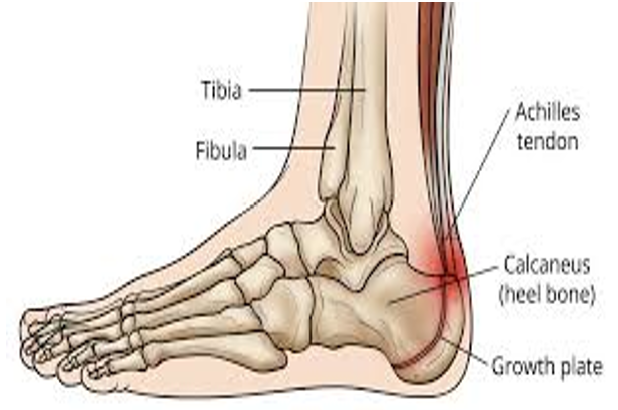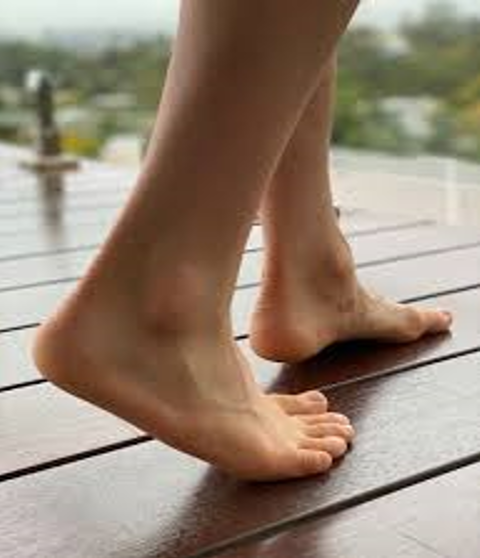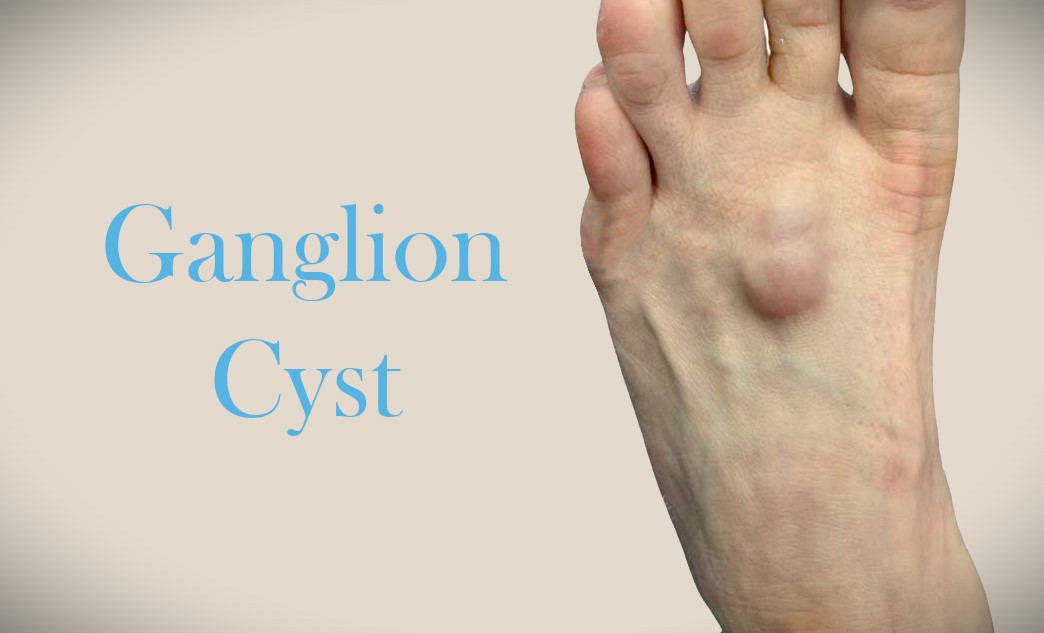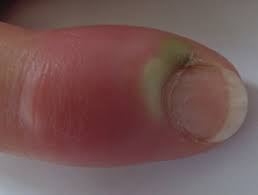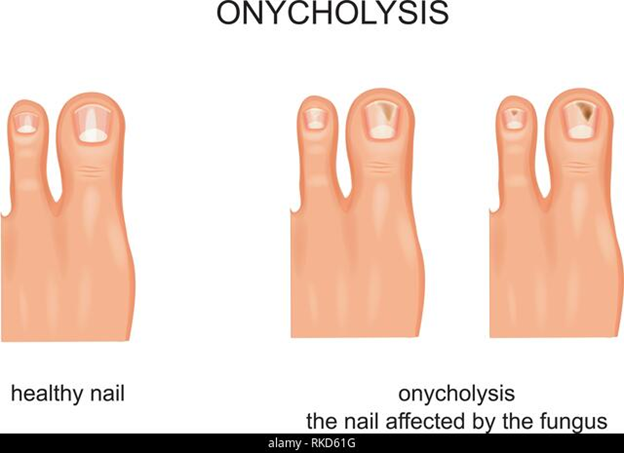Sever’s Disease Could Be Causing Your Kid’s Heel Pain
If your child is experiencing heel pain, it could be Sever’s disease. This is what you need to know about one of the causes of heel pain in children.
What is Sever’s Disease?
Sever’s disease is an inflammatory condition found only in children.
It’s where the growth plate that is attached to the heel bone becomes inflamed and painful.
When repetitive microtrauma is applied to the heel bone, it causes the achilles tendon (which attaches to the heel bone) to pull on the growth plate causing irritation and pain.
The growth plate (also known as the apophysis) is not completely fused to the heel bone until the age of 16, and remains active between the ages of 7 to 14 (this can vary between individuals). It is between this age bracket that children are most likely to experience heel pain.
What causes Sever’s disease?
Irritation to the growth plate by high intensity sports and physical activity, like running or jumping, is the most common cause of Sever’s disease.
Additional factors can include tightness in the calf muscles, which increases the pull on the growth plate; restricted ankle movement upwards (dorsiflexion); biomechanical problems; high BMI; unsupportive footwear; and running on hard surfaces.
How do I know if my child has Sever’s disease?
Signs and symptoms of Sever’s disease include:
- Pain and tenderness at one or both heels
- Increase in pain and tenderness after sporting activities
- Pain after wearing certain footwear
- Swelling at the back of the heel bone
- Redness and warmth at the heel bone
This is not an exhaustive list and these signs and symptoms may present in other diseases such as fractures, plantar fasciitis and bone infections. That’s why it is important to have your child assessed by a podiatrist or general practitioner to rule out any other causes of pain and so they can accurately diagnose Sever’s disease.
What treatment is required?
Treatment options for Sever’s disease may include:
1. Rest
Giving the body a chance to rest for a period of time can dramatically reduce symptoms for many conditions that affect the foot and ankle, including the heel pain experienced when you have Sever’s disease.
This provides the body with time to recover and heal the inflamed tissue.
2. Modifying activities
Completely ceasing all physical activities is not the best way to manage the symptoms, but rather a modification of physical activity by reducing the volume, intensity or frequency.
3. Anti-inflammatories
Anti-inflammatory medication can help with managing the pain after school or sport.
4. Heel inserts
Heel inserts can mechanically reduce the pull of the achilles tendon on the inflamed growth plate.
This is an effective and easy treatment option, as the heel inserts can be moved between different pairs of shoes and reduce the strain on the growth plate during physical activities.
5. Footwear change
Ill-fitting and unsupportive footwear can exacerbate symptoms in certain foot types.
Supportive footwear which maintains the structural integrity of the foot and ankle will reduce the strain and pain at the heel.
6. Stretches
Tightness in the achilles tendon is commonly seen in Sever’s disease, as the tibia and fibula grow (the two long bones in the leg), the calf and achilles tendon are placed under tension if they have not grown at the same pace, this results in tightness and a pull on the growth plate.
Stretches can minimise the tightness of the calf and achilles tendon, thereby reducing the pull on the growth plate.
7. Orthotics
Orthotics can be effective at reducing the pressure at the heel and achilles tendon if the structure of the foot is contributing to the formation of Sever’s disease.
How long will they take to get better?
No specific timeline can be given to predict the length of time required for recovery; this is primarily due to the nature of the condition.
Sever’s is known as a self-limiting condition, implying it will resolve on its own, as your child ages and the growth plate fuses with the heel bone, the pain caused by the inflammation of the growth plate will resolve.
Painful symptoms, like heel pain, can resolve very quickly with activity modification, such as limiting or stopping sports. It is unusual for pain to last beyond a few months intermittently.
Will there be any long term issues for my child from Sever’s disease?
While Sever’s disease can be debilitating and result in extended periods of activity avoidance, there are no long-term diseases associated with Sever’s disease.
Once the growth plate completely fuses to the heel, symptoms will subside without enduring complications.
What do I do if my child has heel pain?
If your child is experiencing any pain in their feet or lower limbs, or heel pain that you suspect may be caused by Sever’s disease, the best thing you can do is take them to see a podiatrist.
Our knowledge and experience allows us to easily diagnose a wide variety of conditions that can affect the feet and we can work with you to create a customised treatment plan to treat their heel pain or any other issues they are experiencing.
If you’re located in Melbourne’s Eastern suburbs, you can book in to one of our podiatry clinics. We have clinics in Healesville, Croydon, Kilsyth and Mooroolbark, and our highly experienced team are ready to help you today.
Book online here or by calling us on 03 5901 2216.

